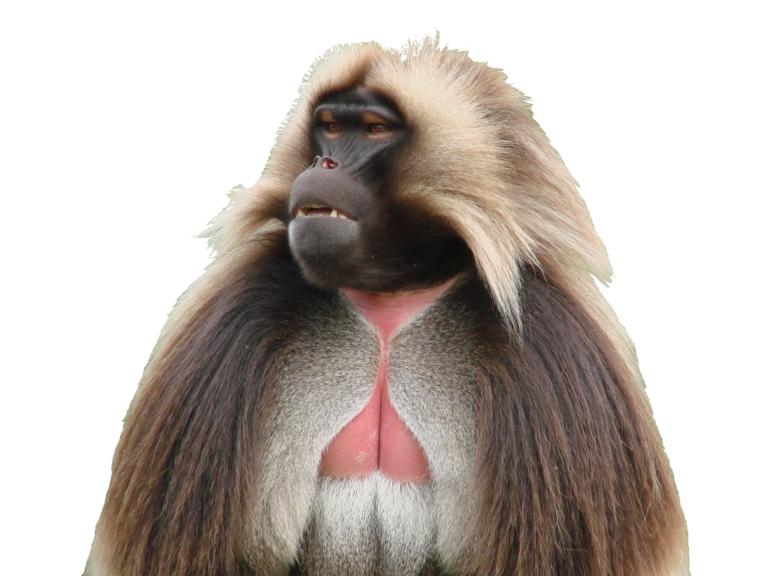
Dutch children’s picture books are full of animals, but most of them are mammals. Especially pets and exotic animals are popular. A large part of the Dutch fauna is less visible, but biologist Michiel Hooykaas of Leiden University and Naturalis sees plenty of opportunities for a more biodiverse book world.
Influential images
“If people are aware of the creatures around them, they are more prone to protect them. But as people don’t go out into nature as often anymore, they get few opportunities to get to know animals. Indirect experiences, such as images of animals, become more influential,” explains Michiel Hooykaas. For his PhD, he is studying people’s perceptions of animal biodiversity and how cultural products transport these images to the public. He does so at the research group Science Communication & Society of professor Ionica Smeets. Hooykaas has recently started working as a researcher and education coordinator at Naturalis Biodiversity Center.
Mammals at center stage
Hooykaas had already found that children are unfamiliar with native animal species. Now, together with master students Marloes Holierhoek and Joris Westerveld, he looked at 217 prize-winning Dutch picture books, analyzing over 2,200 animals.
What they found is that mammals are overrepresented and tend to play a leading role in the books. Animals such as birds and insects appeared less, generally staying in the background. “Even though there are a lot of species, also in the Netherlands,” says Hooykaas. “And these animals were sometimes not clearly recognizable as a specific species or were not mentioned in the text, even when they were discernible. In this case, mammals have the advantage too: a tiger is a tiger, but a bird is just a bird instead of a blackbird or a sparrow.” Humanisation was also very common among mammals. “You see a hippopotamus going to a toilet, instead of flinging its poo around as it does in nature.”
The problem with exotic animals
Additionally, exotic animals were featured more frequently in the children’s picture books, especially large animals like elephants and lions. “It is understandable, as such animals are popular with children,” the researcher says. “But the diversity in the books is low compared to reality. And if children only see charismatic exotic animals, they could unintentionally get the impression that nature is only something that is far away. While there is so much beauty to be found nearby.”
He suspects that writers and illustrators choose animals that they think will appeal to the public, because children more easily relate to these animals. “But this can create a vicious circle. Children bond with animals they encounter, which then seem like a good choice for a role in a story. That way the children don’t learn about new species. And of course writers themselves are not always aware of all the beautiful animal species out there.”
Showbiodiversity
Small changes may help to open the eyes of people to biodiversity. “Children’s picture books should not be made into school books, but writers and illustrators already like to use animals in their work, so it would be amazing if our results would inspire them to use out-of-the-box animals protagonists.” Hooykaas even sees opportunities for stories taking place in the city. “There is a lot of animal diversity in the urban environment, such as the house sparrow and the great crested grebe, which a lot of children don’t recognize. They don’t need to play the main role, but they could get a recognizable spot. And even when you want a hairy mammal-animal or exotic animal as a lead, there are many animals to choose from that you don’t come across often. The possibilities are endless!”
Readthe article
Read the complete article of Michiel Hooykaas and co-author Menno Schilthuizen.
Notefor editors
For more information, please contact:
- Michiel Hooykaas via m.j.d.hooykaas@biology.leidenuniv.nl, researcher Science, Communication and Society at Leiden University and NL Biodiversity & Society at Naturalis Biodiversity Center.
- Marieke Epping, advisor Science Communication at Leiden University via m.epping@bb.leidenuniv.nl | 071 – 527 1521